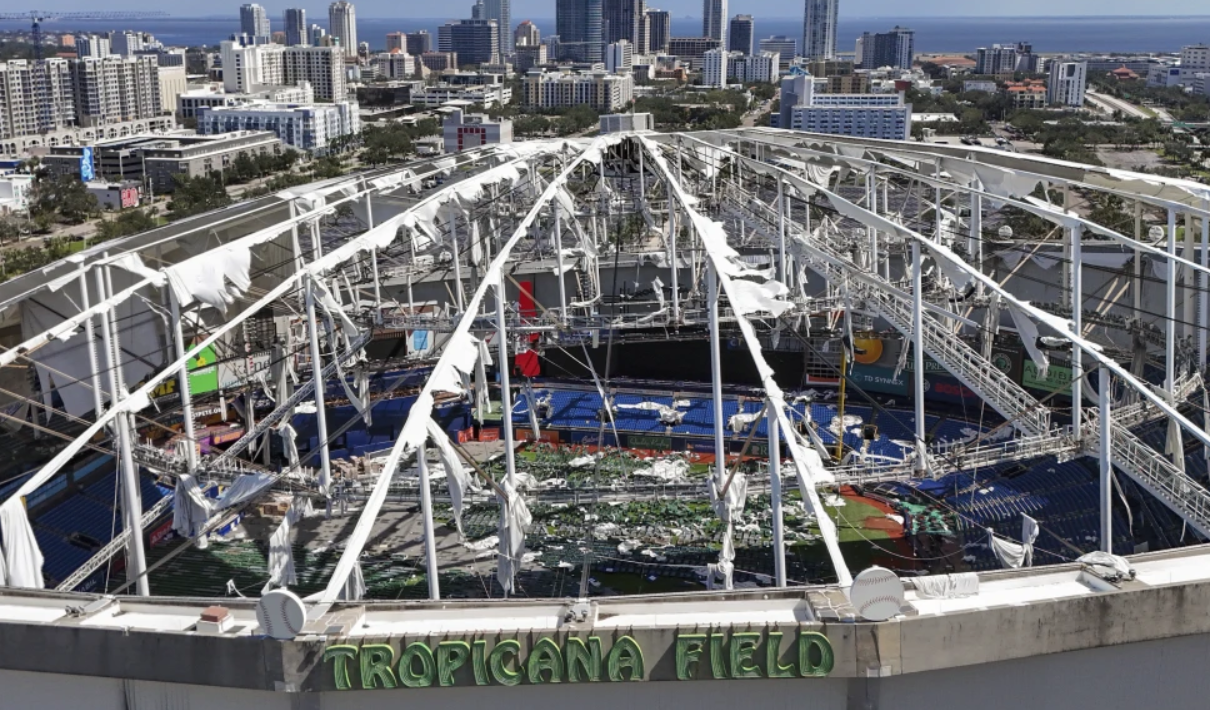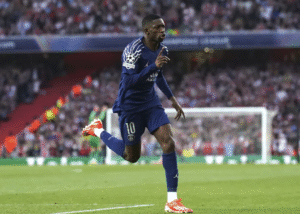The Tampa Bay Rays announced on Thursday that they are pulling out of a $1.3 billion ballpark project due to hurricanes and delays that are expected to increase the cost of the proposal.
In a statement from principal owner Stuart Sternberg, the team explained that a series of events in October, including significant damage to the existing Tropicana Field and financing setbacks, led to the difficult decision to withdraw from the project.
“After careful deliberation, we have concluded we cannot move forward with the new ballpark and development project at this moment,” Sternberg said.
As a result, the Rays will play their home games this season at Steinbrenner Field, the 11,000-seat spring training stadium of the New York Yankees, across Tampa Bay. In the meantime, plans are in place to repair the Trop, including replacing the roof damaged by Hurricane Milton, with the goal of having it ready for the 2026 season.
Under their current agreement with the city of St. Petersburg, the Rays are set to play for three more seasons at their current ballpark once repairs are completed. After that, the team’s future in the Tampa Bay area remains unclear. Major League Baseball and the Rays may assess attendance and fan interest during the team’s time at Steinbrenner Field in Tampa, as they explore other potential locations for the team.
“The City of St. Petersburg is moving forward with plans to restore Tropicana Field for the 2026 season,” Sternberg said. “We are grateful for their efforts and look forward to returning to our home field next spring.”
The proposed 30,000-seat stadium is a key component of a larger $6.5 billion revitalization project called the Historic Gas Plant District. This project aims to redevelop an area that was historically a predominantly Black neighborhood, displaced by the construction of Tropicana Field and an interstate highway.
Proponents of the development believe it will transform an 86-acre site in the city’s downtown, with plans for a Black history museum, affordable housing, entertainment venues, office spaces, and retail outlets, alongside the creation of thousands of jobs.
However, with the Rays’ decision, the future of the entire project, which relies on the new ballpark as a central feature, is now uncertain.















